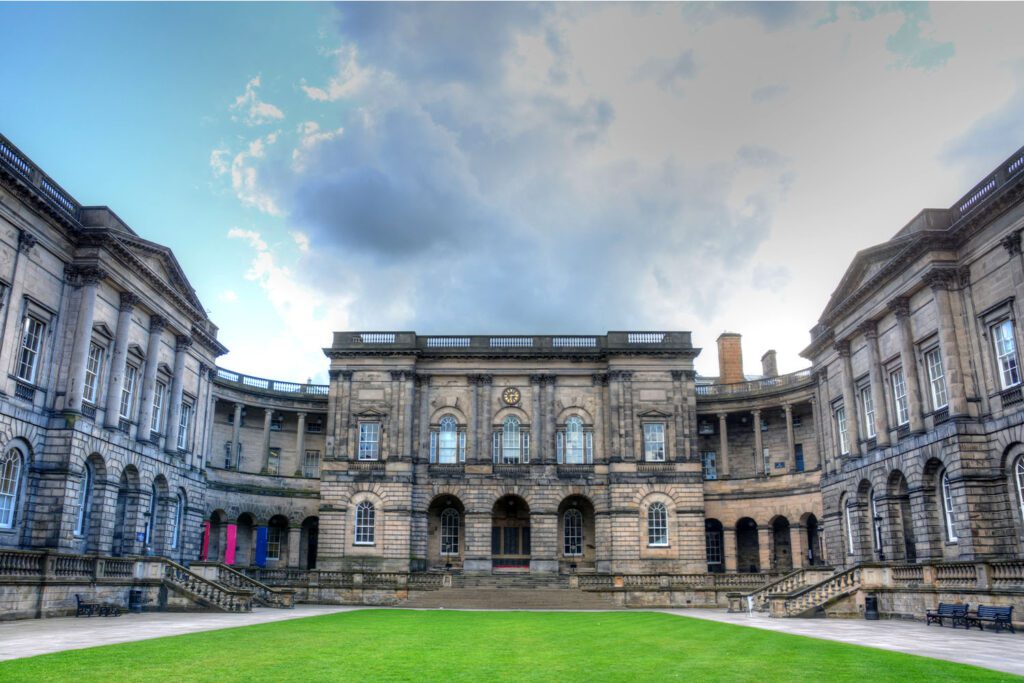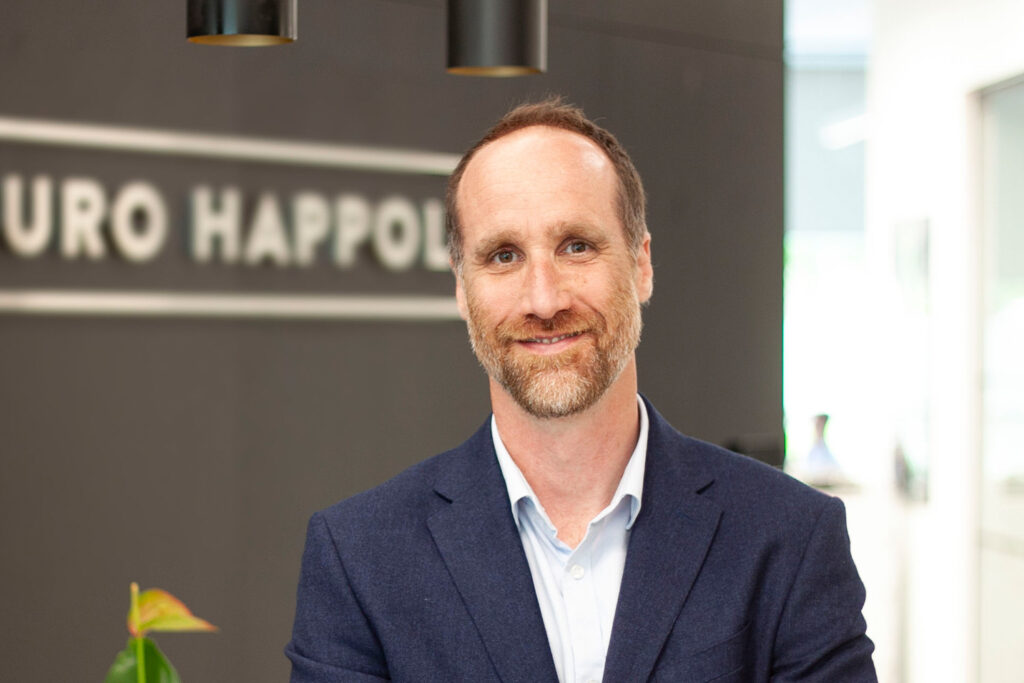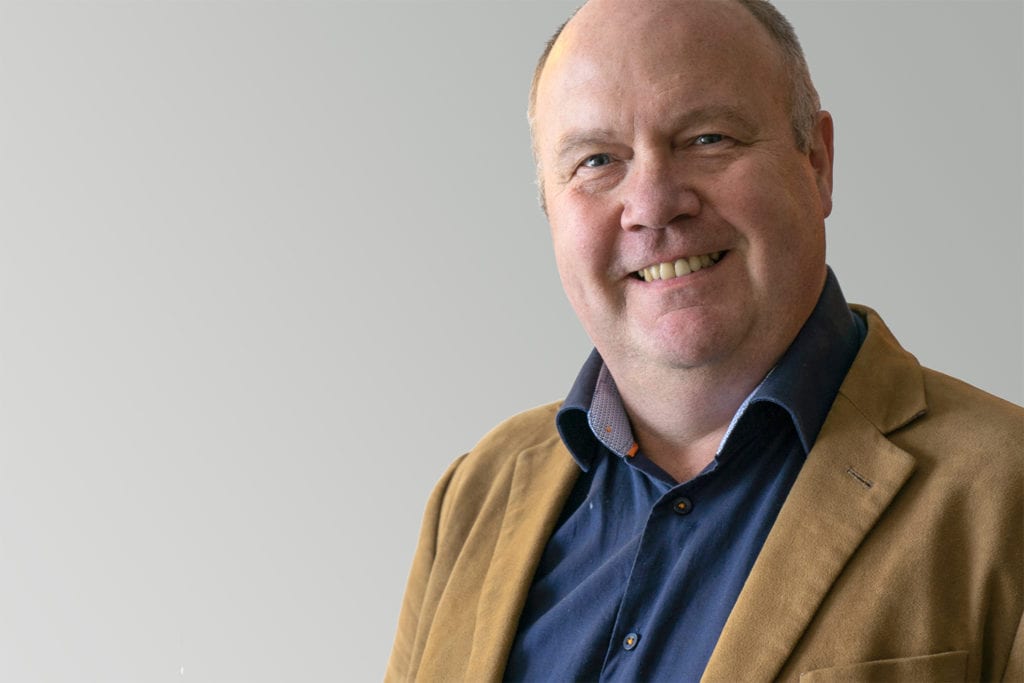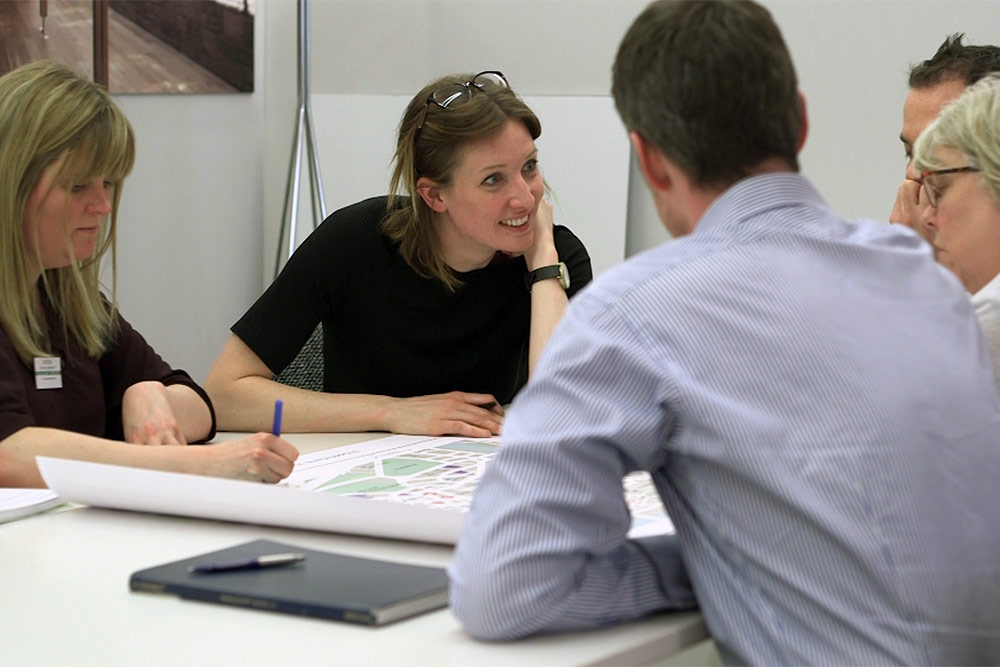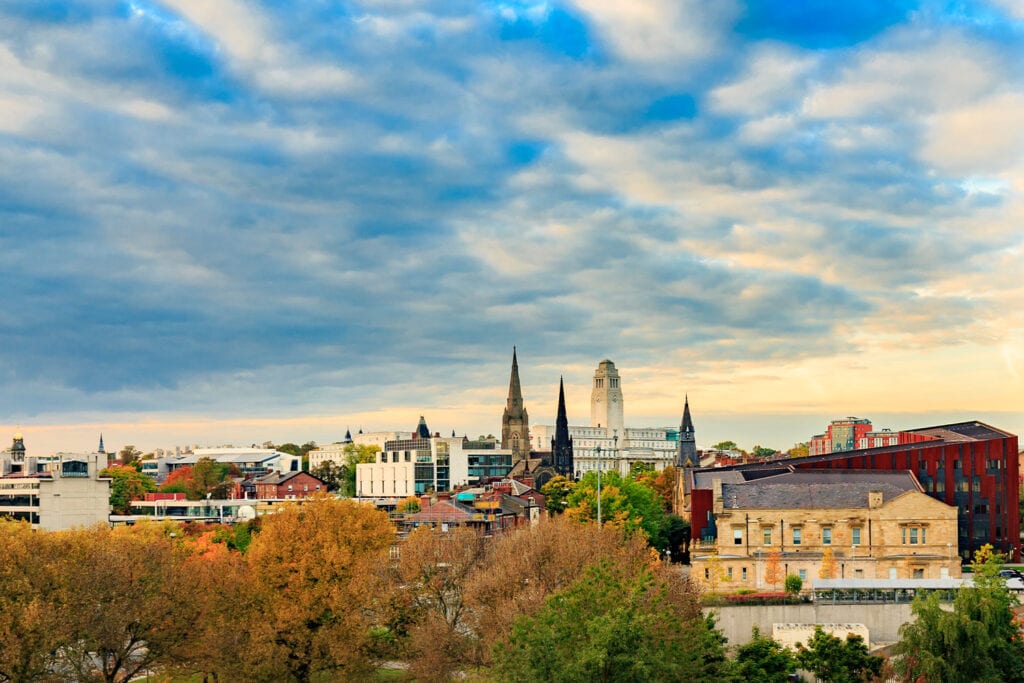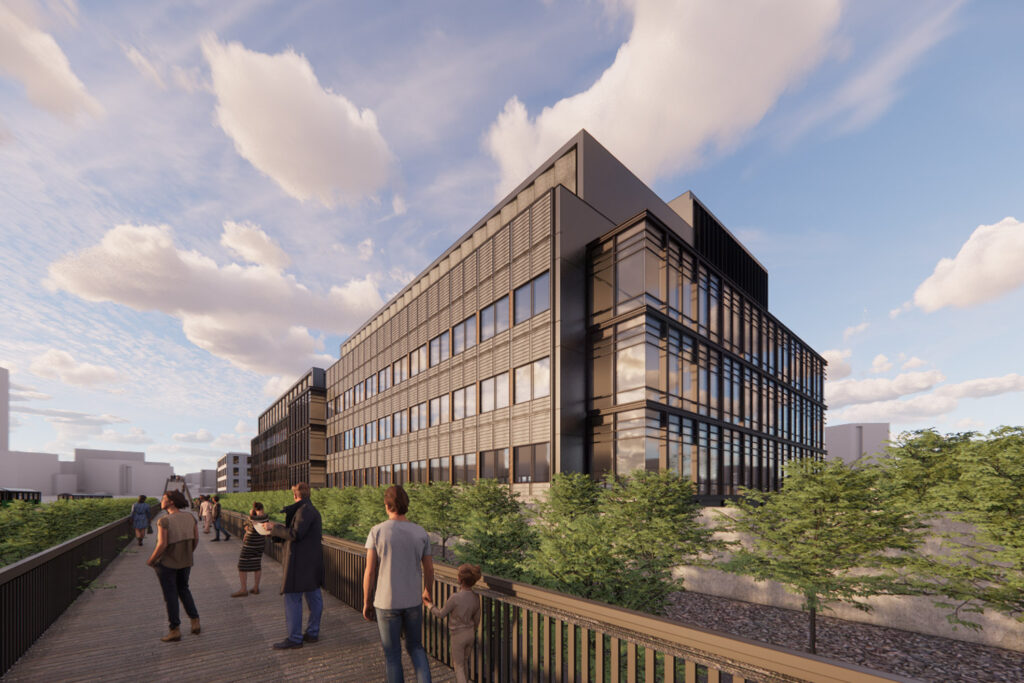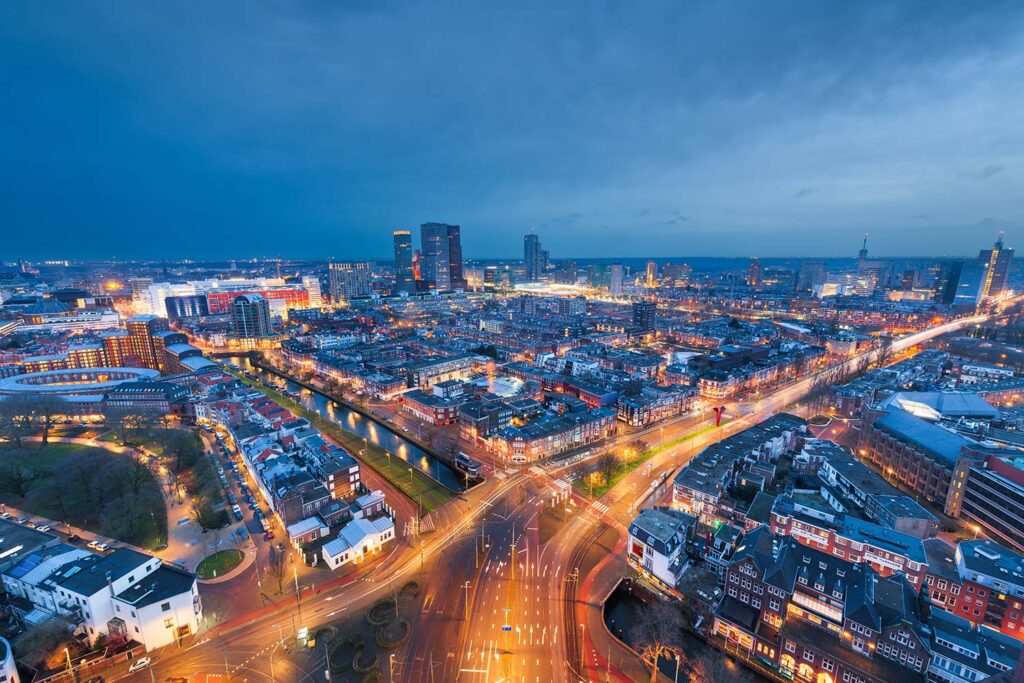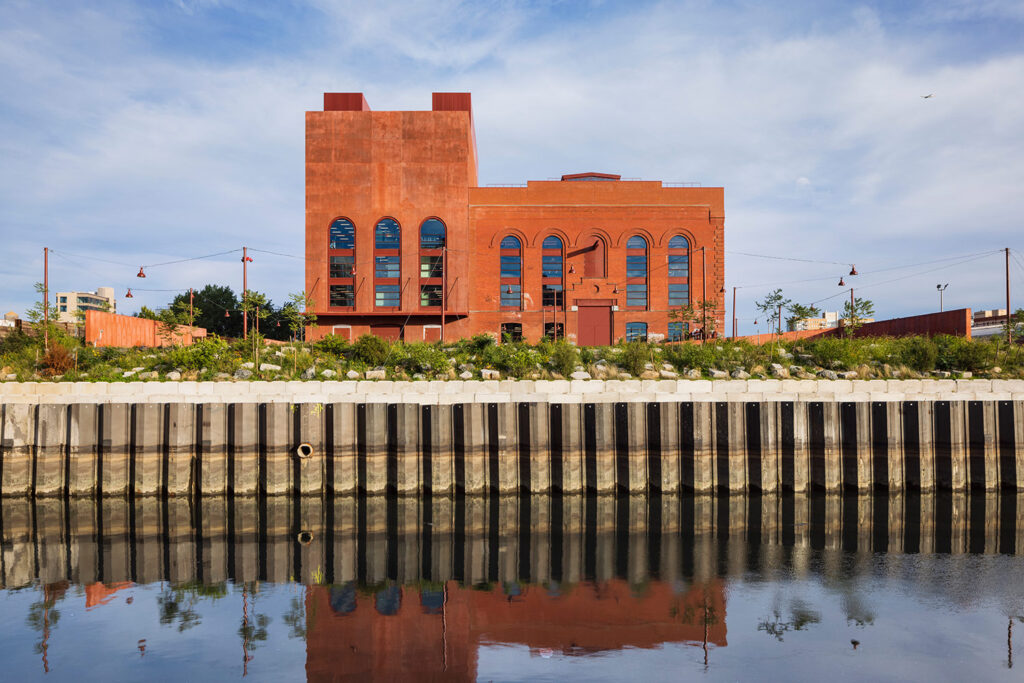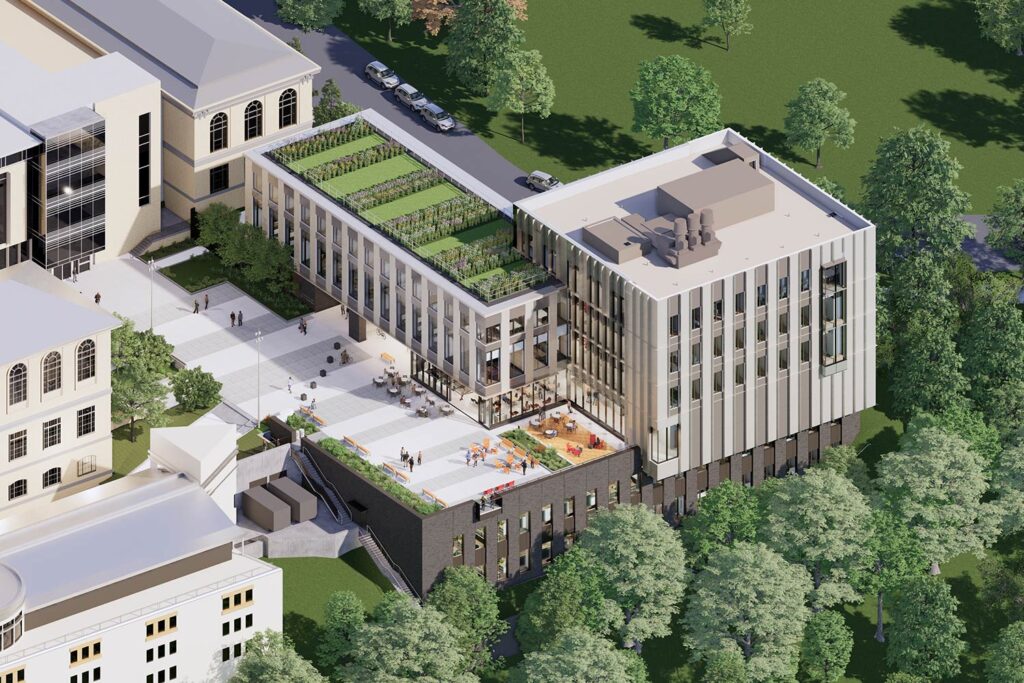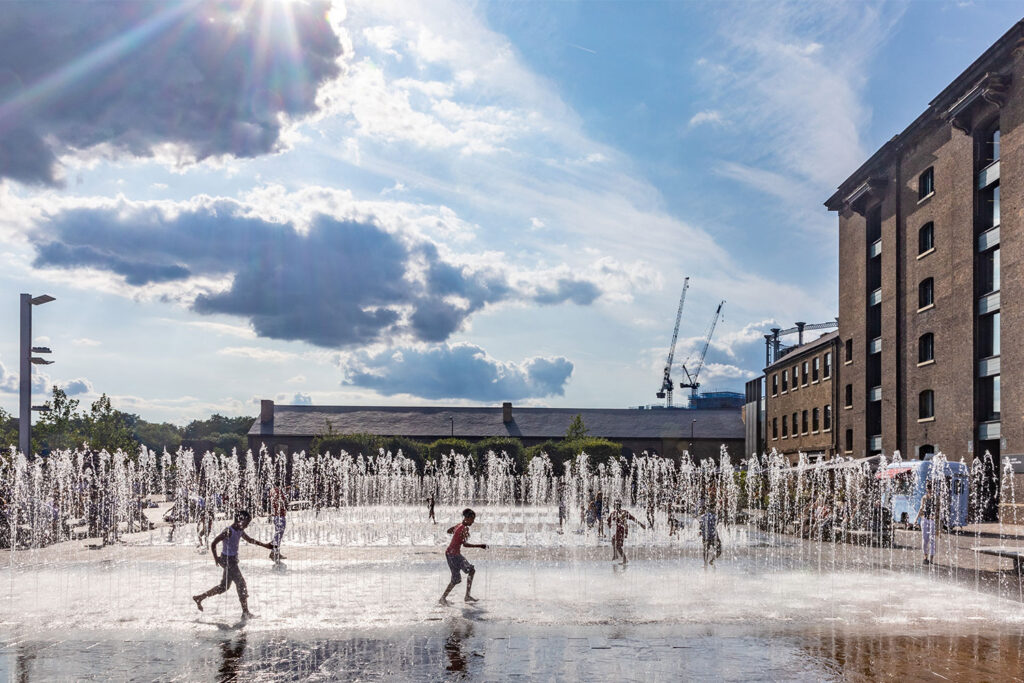
University of Edinburgh 2040 Zero Carbon Strategy
Edinburgh, UK
Project details
Client
University of Edinburgh
Duration
2021
Services provided by Buro Happold
Building Services Engineering (MEP), Economics, Energy consulting
Buro Happold has created a strategic energy masterplan to help the University of Edinburgh achieve its ambitions of becoming net zero carbon by 2040.
Challenge
The historic institution – the fourth oldest university in the English-speaking world, with its origins in the 16th century – needed an overarching strategy for its approach to sustainable energy generation and efficient energy usage. It is critical that the organisation understands the best route to achieving its zero carbon goals in order to ensure the University is ready for the challenges of the 21st century and is doing its part in tackling climate change.
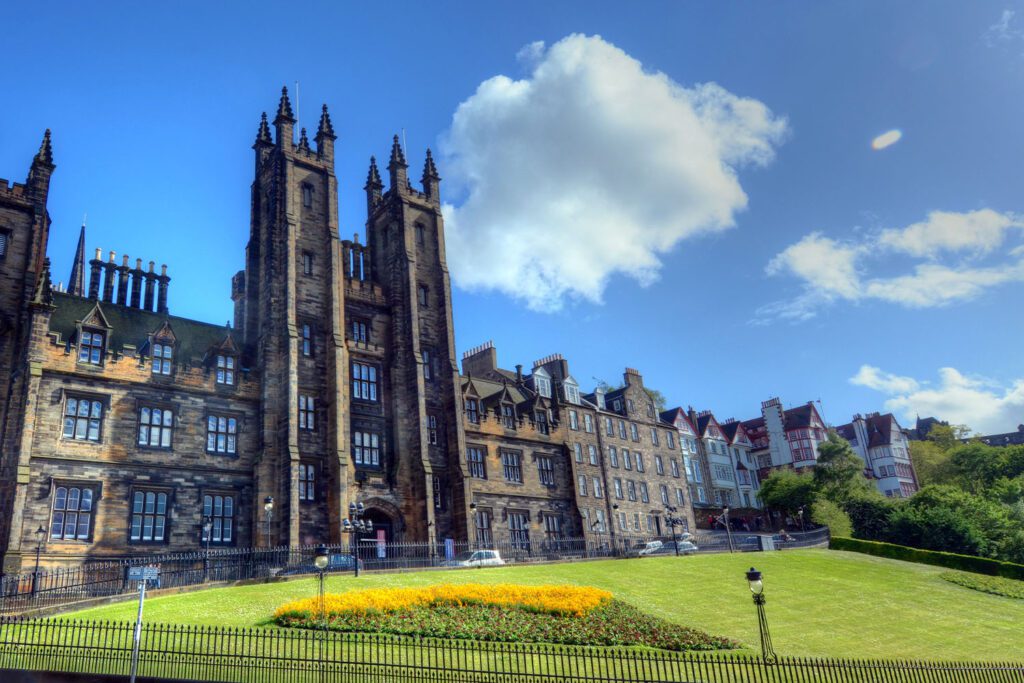
Solution
Our experts created a comprehensive Energy Infrastructure and Buildings Masterplan to support the University’s shift towards being more environmentally sustainable in its day-to-day operations. We examined the technical options available to the University both to shift to low carbon energy supplies and to improve the energy efficiency of its buildings and energy infrastructure.
Focusing on the Central Campus, Kings Buildings and Pollock Halls, we engaged with a range of stakeholders from across the University – including from the estates, finance and procurement teams, as well as the academics.
The masterplan will guide the delivery of building retrofit, new building design and infrastructure developments at the University, including investments in onsite and offsite energy supply, transmission networks and building heating, ventilation and air conditioning systems.
The sites are currently served by a mixture of district heating with natural gas combined heat and power, direct electric and individual gas boilers.
Our experts analysed the range of challenges around the transition towards lower carbon alternatives. Proposing a move away from fossil fuels and combustion technologies would present a range of difficulties for the University, including the loss of revenue stream from on-site generated electricity.
In addition, the electrification of heat through switching energy centre technologies to heat pumps would be the most efficient option, serving lower temperature networks than those currently operated. The impact of this on the existing building stock of the University, which includes listed buildings, also needed to be considered.
We undertook a holistic analysis of the options, assessing low and zero carbon technology options as well as retrofit strategies for key buildings. Surveys of key buildings were carried out, and a series of building intervention recommendations were developed. A cost plan was developed to support the retrofit required under different scenarios, representing both “easy-win” energy efficiency interventions and deeper retrofit models to enable low temperature (4G/ 4G+) heat networks.

Value
Our team developed interactive models and tools for the University to be able to refine assumptions used in the modelling, in order to update financial and carbon modelling with the most accurate information. This means that the Energy Masterplan can be maintained as a living document, recognising the ever-changing nature of estates planning at the University.
The plan clearly outlined the options open to the University and the relative merits of different approaches, creating a resilient roadmap for the University’s journey to net zero carbon in the coming two decades.
Buro Happold is now progressing with a full Outline Business Case developing the designs for the buildings and energy infrastructure for two main campuses to RIBA stage 2/3 with a sub-consultant architect. This has included detailed surveys of buildings, identifying complementary benefit to energy efficiency and reviewing practical challenges.
Our team is completing a 5-case model according to the Treasury Green Book including Strategic, Economic, Commercial, Financial and Management cases. Following the completion of the OBC, the University will aim to sign off the budget for the net zero strategy.
